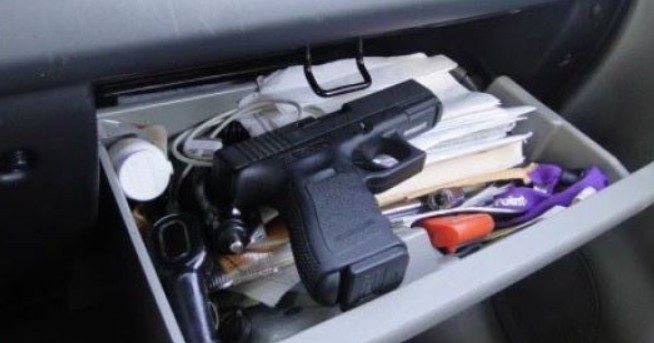

- Ref # CAB00173
- August 24, 2022
Are vehicle searches Legal after finding ammunition on passenger?
By: Ray Hill, Professor Emeritus, Santa Rosa Junior College
One of the rewards of teaching is having contact with past students. Periodically, I get emails or phone calls about case law. Most calls are just confirming, “Is what I did OK ” And, almost 100% of the time, the officer or deputy is right on point with existing case precedent.
I want to share a recent conversation and question from K-9 Officer Guillermo (Memo) Arguelles of Daly City P.D. His proactive field work and application of case law led to getting a true “bad guy” off the street.
The facts are straightforward:
Officer conducts a traffic stop; the passenger in the rear seat has an outstanding warrant and is arrested; a search of the passenger incident to arrest revealed founds of handgun ammunition on her person; Officer searches the vehicle for the gun that fits the ammunition and finds three stolen handguns in the glove compartment. Turns out the driver of the vehicle is already a convicted felon.
Question was – “I believe I’m good, but just want ....







